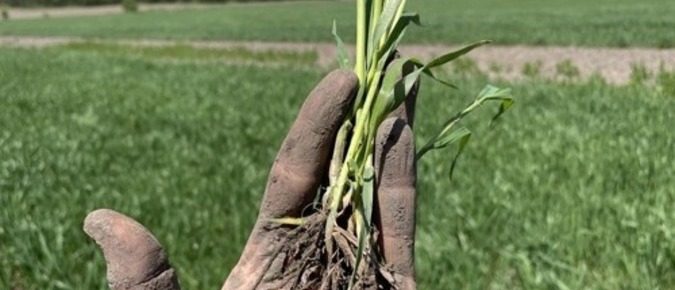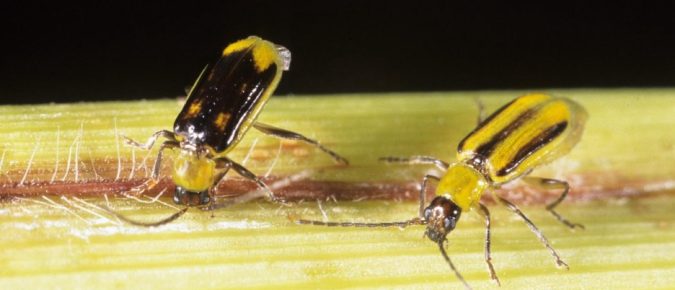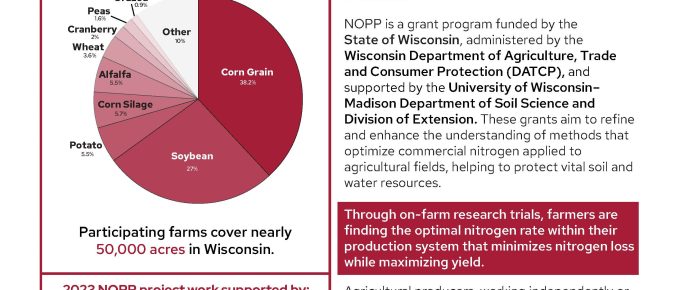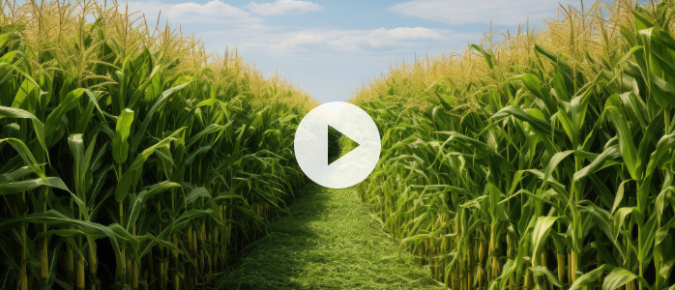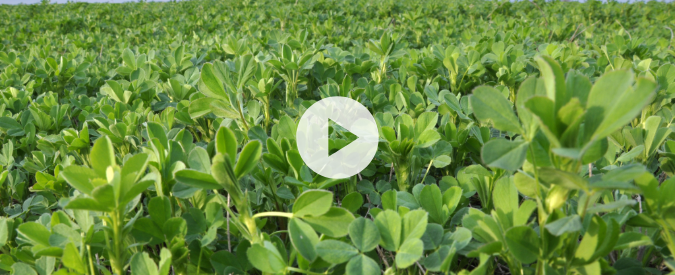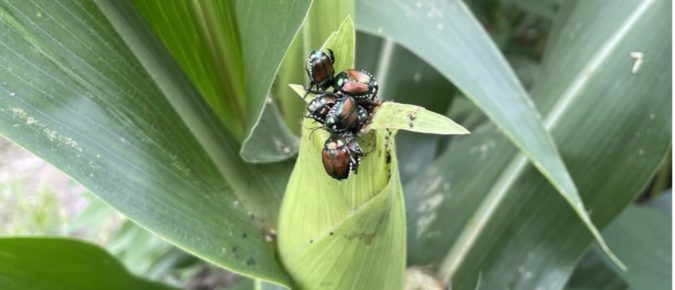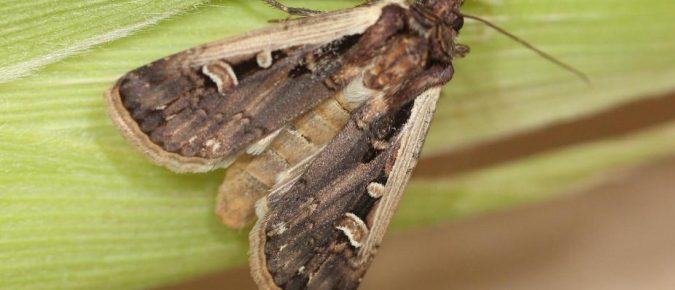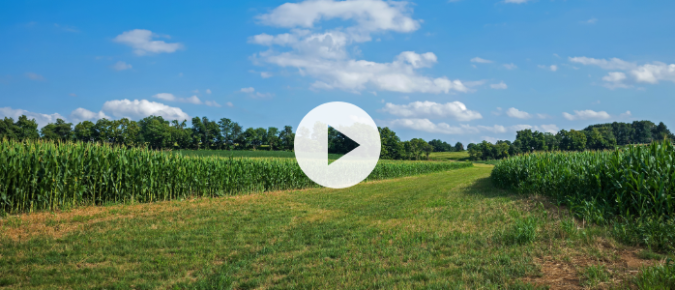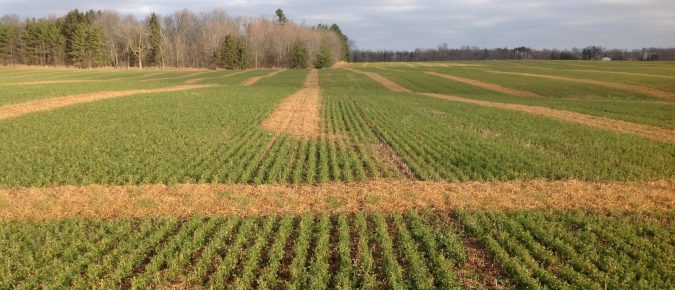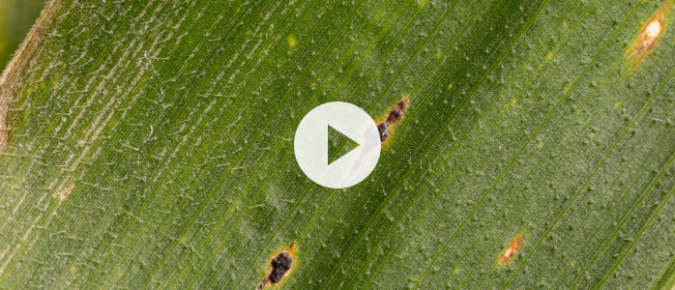In the first episode of this two-fer on the economics of conservation, we talk with Jeff Hadachek, Extension Specialist and Assistant Professor of Ag Economics at UW-Madison, to get the economist’s take on why economics is a useful tool when talking about conservation practices and adoption.
As we pass the halfway point of the 2024 growing season, it’s important to remember that insect pests currently in fields may also affect 2025 crops. Many pests lay eggs that overwinter and can cause crop damage in the subsequent year. Corn rootworm is a key pest to watch.
This report provides a glance at projects funded in the 2023 Nitrogen Optimization Pilot Program grant cycle and the people and farms behind them.
The August 14 Badger Crop Connect webinar featured Dr. John Goeser, Animal Nutrition Lead for Rock River Lab; Consultant for Cows Agree Consulting; and adjunct assistant professor in the UW–Madison Department of Animal & Dairy Sciences. Dr. Goeser reflects on the corn silage growing season to this point and offers late season and harvest management options.
The August 14 Badger Crop Connect webinar featured Scott Newell, alfalfa outreach specialist with the UW–Madison Division of Extension. This year (2024) has been very challenging to manage alfalfa with rain throwing many cutting schedules off the rails, leaving producers with lower quality forage than expected and trying to catch up with higher quality harvests. Scott Newell discusses the potential implications of this and the importance of managing for persistence in alfalfa to maximize overall productivity.
The August 14 Badger Crop Connect webinar featured Bridgette Mason, Wisconsin Assistant State Climatologist. Bridgette gave an update on growing degree day accumulation, effects of cooler days in early August 2024, and trends in precipitation and soil moisture lately.
Scouting is more important now than ever. Why? Well, a general rule of thumb is problems are best handled early. This applies to insect pests as the earlier you see an infestation, the easier it is to avoid economic damage. So, you might be wondering, what should I be watching for right now?
Western bean cutworm (Striacosta albicosta) is an economic pest in dry bean and corn production. Despite its name, western bean cutworm (WBCW) does not naturally feed on field soybeans. Larvae feed on corn ears, leading to yield loss and reduced grain quality.
Dr. Mallika Nocco, UW-Madison Extension specialist in agrohydrology, and Landon Baumgartner, outreach specialist for the UW-Madison Extension Nutrient and Pest Management program for Southwest Wisconsin discuss the basics of buffer strips, their function, and how they could fit on your farm.
As we head toward the end of summer, we are closing in on time for a late summer alfalfa establishment. Commonly in Wisconsin, this is done following a wheat crop in the spring. This can lead to a few challenges to consider: residual herbicide carryover and the effects of volunteer wheat on successful establishment.
The July 24 Badger Crop Connect webinar featured Dr. Shawn Conley, Extension Soybean and Small Grains Agronomist and Professor in the Department of Plant and Agroecosystem Sciences, University of Wisconsin–Madison. Shawn discusses preliminary results from 2024 Wisconsin winter wheat performance trials including yield, test weight and disease presence data; cover crop challenges in 2024; and the status of soybean stands across Wisconsin.
The July 24 Badger Crop Connect webinar featured Dr. Damon Smith, Extension field crops pathologist and Professor in the Department of Plant Pathology, University of Wisconsin–Madison. Damon gives an update on what diseases he’s seeing in Wisconsin farm fields in late July 2024. He mainly discusses white mold in soybean and tar spot in corn and management practices for each.

